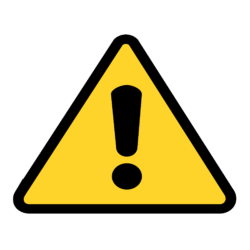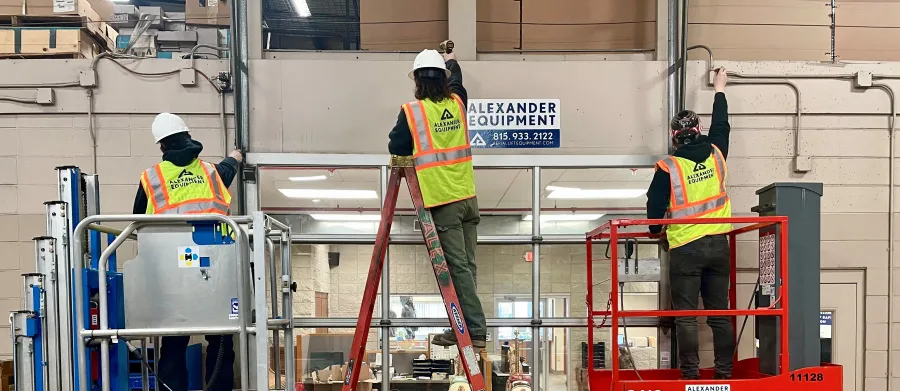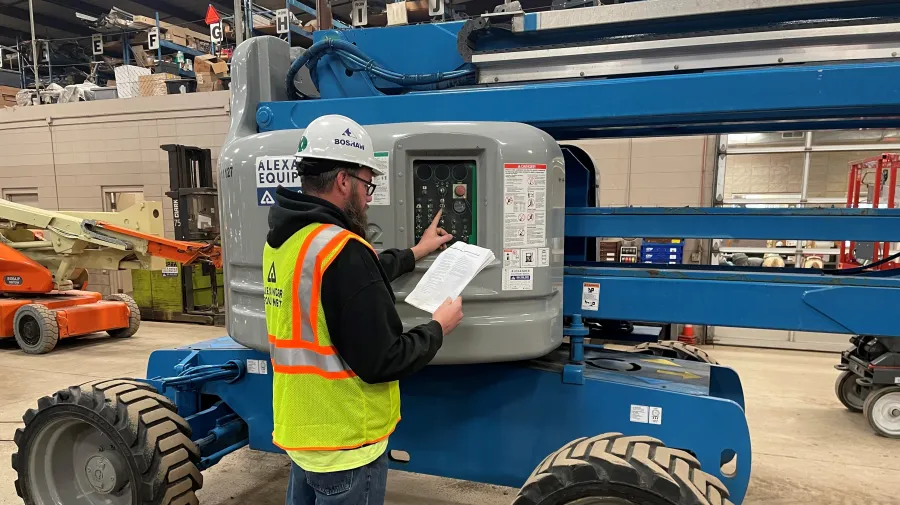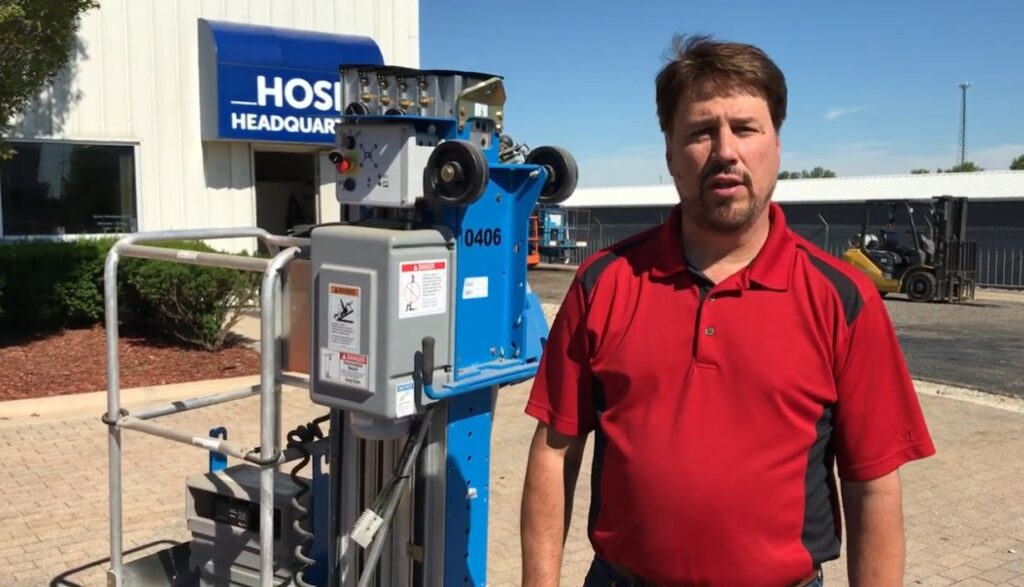MEWP classifications
MEWP classifications are made up of a combination of two key elements; TYPE and GROUP. Knowing how to classify a Mobile Elevating Work Platform (MEWP) is part of the recent ANSI Standards updates and every operator’s responsibility.
TYPE
A MEWP Type is in reference to traveling. Traveling is defined as self propelled or manually propelled.
GROUP
A MEWP Group is determined by where the platform location is in reference to the tipping line.
For training purposes, there are only two Groups and two Types to remember that make up 4 classifications of MEWPs, 1A, 1B, 3A and 3B.
Type 1 + Type 3
Type 1 – lifts only travel or move in the stowed position. These are manually propelled or push around lifts and tow-behind booms
Type 3 – are self-propelled lifts where travel is controlled from a point on the work platform
Group A + Group B
Group B = Boom Lifts (aerial lifts designed for the platform to be elevated beyond the tipping line) – Everything else is Group A
In other words, all boom lifts are in Group B and all MEWP’s that only lift vertically are in Group A
4 primary MEWP classifications
Type 1, Group A (1A)
Stationary vertical lifts
Traveling is allowed only with the MEWP in its stowed position. The platform never extends beyond the tipping line and the machine is designed to only be moved with the platform in the stowed position.

Type 1, Group B (1B)
Stationary boom lifts
Traveling is allowed only with the MEWP in its stowed position. The platform is designed to extend beyond the tipping line and the machine is designed to only be moved with the platform in the stowed position.

Type 3, Group A (3A)
Platform-controlled self-propelled vertical lifts
Traveling with the work platform in the elevated position is controlled from a point on the work platform. The main platform never extends beyond the tipping line and machine travel is controlled from the platform controls.

Type 3, Group B (3B)
Platform-controlled, self-propelled boom lifts
Traveling with the work platform in the elevated position is controlled from a point on the work platform. The platform is designed to extend beyond the tipping line and machine travel is controlled from the platform controls.

Type 2 MEWPs
Traveling with the work platform in the elevated position is controlled from a point on the chassis.
Note: because Type 2 MEWP’s are uncommon, they are not included in operator training.
Contact Alexander Equipment today to schedule your classes.





